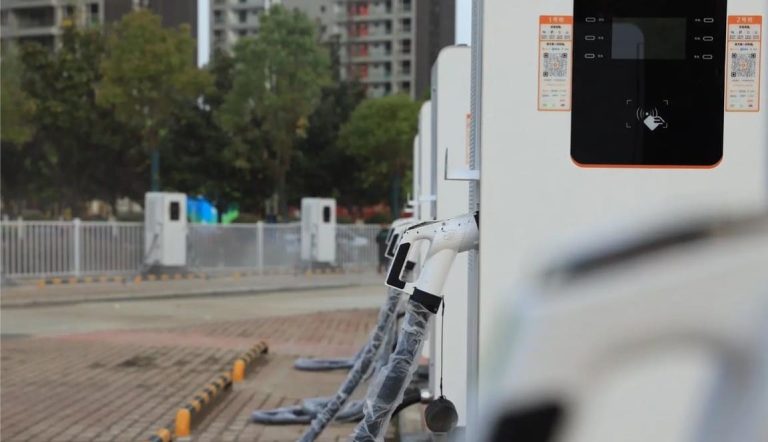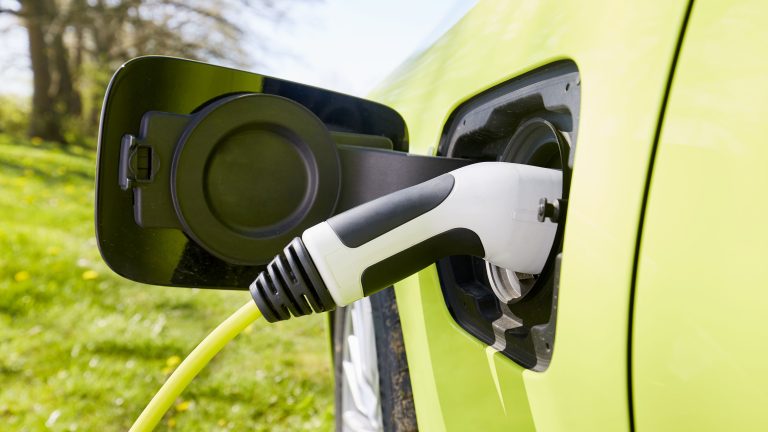China dc ev charger factory

Detailed Introduction to the Advantages and Disadvantages of Well-Known Electric Vehicle Charging Pile Brands
The electric vehicle (EV) charging pile market features numerous well-known brands, each with its own strengths and weaknesses. Below is a detailed introduction to some of the major brands, highlighting their advantages and disadvantages:
State Grid e-Charging
State Grid e-Charging, a state-owned company, is a dependable option for long-distance travel during the holidays due to its wide coverage, especially on highway networks. Its charging piles support a variety of vehicle models, including Teslas, and are incredibly stable and well-compatible with different charging protocols. A normal EV can reach 80% charge in just over 30 minutes thanks to e-Charging’s fast-charging piles, which can deliver up to 51.16 kW of power. It is less accessible in some places due to its low urban station density when compared to some private brands. Furthermore, compared to other brands, its charging prices are typically higher, which raises the cost of usage.
TelDrew
TelDrew is a leader in charging speed; its fast-charging piles frequently have 120 kW dual-gun charging heads, which can reach a maximum output power of 47.82 kW even if one charging gun is occupied. Additionally, TelDrew has made significant investments in research and development, integrating liquid cooling technology and an intelligent scheduling system; its charging piles have real-time temperature monitoring, insulation detection, and other safety features, resulting in a low failure rate; however, the company has a relatively small number of charging piles, both in terms of market share overall and the number of piles per charging station, making it challenging for users to locate available charging spots.
Star Charging
With a large number of charging piles, Star Charging, the biggest private EV charging operator in China, guarantees comparatively ample availability. In order to ensure wide adaptability, it has inked strategic cooperation agreements with several grid enterprises. Its products have a low failure rate, are dependable, and come with a variety of safety protection features, like patents for global thermal management. With the majority of its fast-charging piles rated at 40 kW and a maximum output power of only roughly 35.18 kW, its charging speed is, nevertheless, rather slow. Since it takes at least an hour and a half to charge a 300 km range EV from 0% to 80%, this cannot satisfy the fast-charging requirements of popular domestic EVs.
NIO Power
The 20 kW home fast-charging pile from NIO provides incredibly quick charging—it takes just 2 hours and 17 minutes to go from 20% to 80% charge—with carefully managed power decay. Its charging piles have an independent air cooling system and an all-aluminum body, which guarantees a long lifespan. In addition, NIO offers free survey services, free installation for 30 meters, a three-year warranty, and round-the-clock customer support. All EV brands are also welcome to use NIO charging piles, which have 3,000 charging stations spread throughout 307 Chinese cities. However, installation conditions are difficult because the 20 kW home fast-charging pile needs a 380 V three-phase electricity supply, which may not be available in older residential areas. Moreover, its purchase and installation costs are relatively high, with a new installation priced at 16,800 RMB.
Huawei Charging Network
With its all-liquid-cooled super-charging terminals that can deliver up to 600 kW and its home charging piles rated at 11 kW, Huawei charging piles provide high power and high charging efficiency. They have intelligent interaction features that let users use a mobile app to remotely control and check the charging status. The piles can intelligently match the proper charging method based on their automatic recognition of vehicle types and power requirements. Furthermore, Huawei charging piles have numerous safety features, including overload and over-temperature protection, and support a variety of interfaces and protocols, guaranteeing strong compatibility. Their comparatively high prices, however, might not be appealing to customers who are price conscious. Moreover, the installation and usage process is relatively complex, requiring users to have some technical knowledge and operational skills.
XPeng Charging Piles
High safety performance is ensured by the 11 layers of safety protection found in XPeng home charging piles. Even in subterranean garages with inadequate network conditions, they can establish a fast connection thanks to their 4G connectivity and Bluetooth mode, which also supports remote control. They also support multiple users, which makes sharing convenient for family members, and let users schedule charging for off-peak hours, saving money. They cater mostly to XPeng owners, though, and their compatibility with other car brands might not be as strong as that of some universal charging pile brands. Additionally, they may not have as many stations as larger charging operators, which limits their coverage, particularly in non-first-tier cities.
Conclusion
China’s EV charging pile market is varied, with each brand presenting distinct benefits and difficulties. Although TelDrew and State Grid e-Charging are superior in terms of charging speed and dependability, respectively, they are expensive and not widely available. Although Star Charging has a wide coverage area, its charging speed is slow. Although NIO Power and Huawei Charging Network provide cutting-edge services and technology, they are expensive and have complicated installation requirements. Although XPeng Charging Piles have limited compatibility and coverage, they prioritize user convenience and safety. These brands will probably change as the EV market expands in order to strengthen their areas of weakness and offer consumers better services.




































































































































